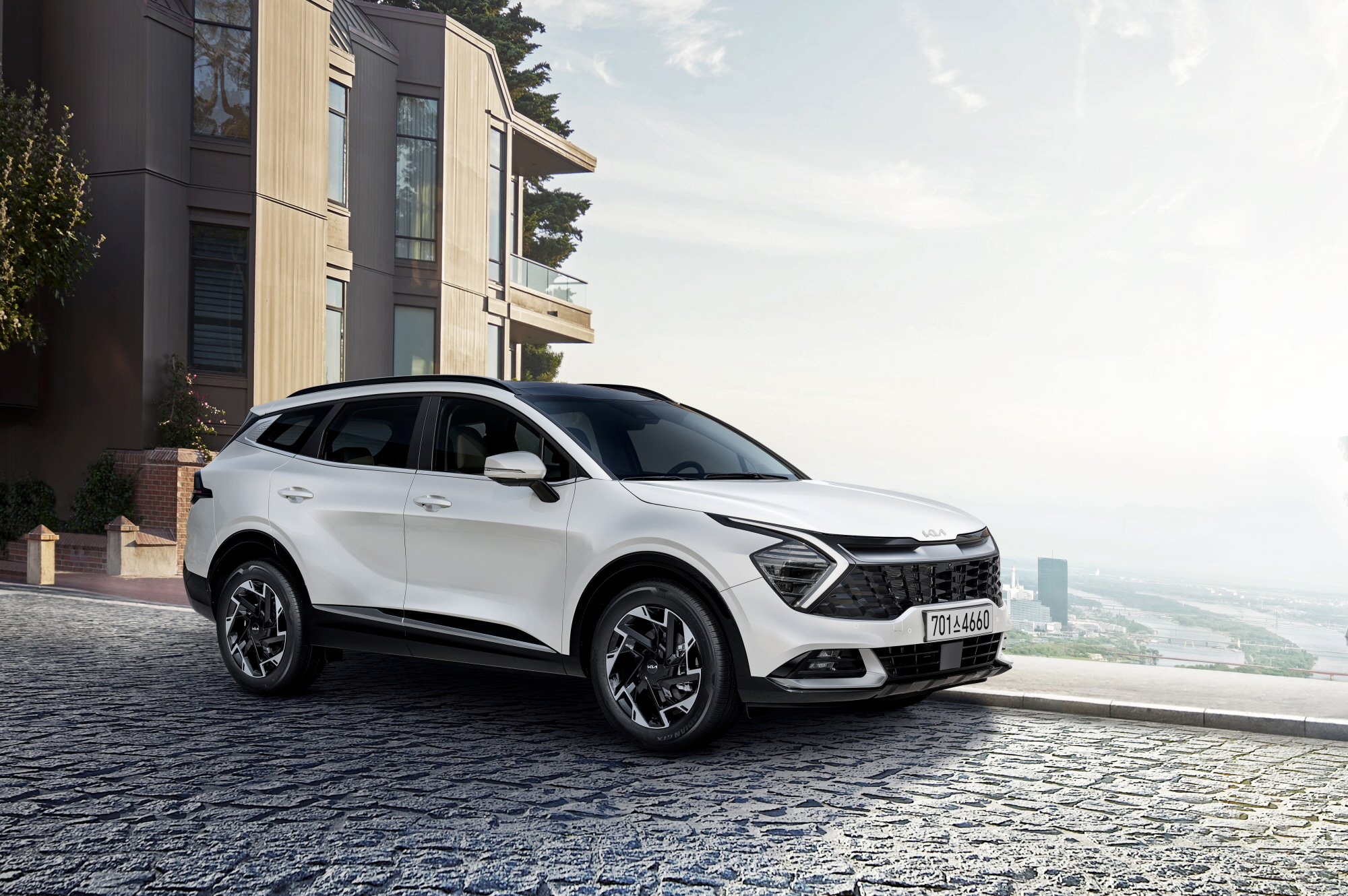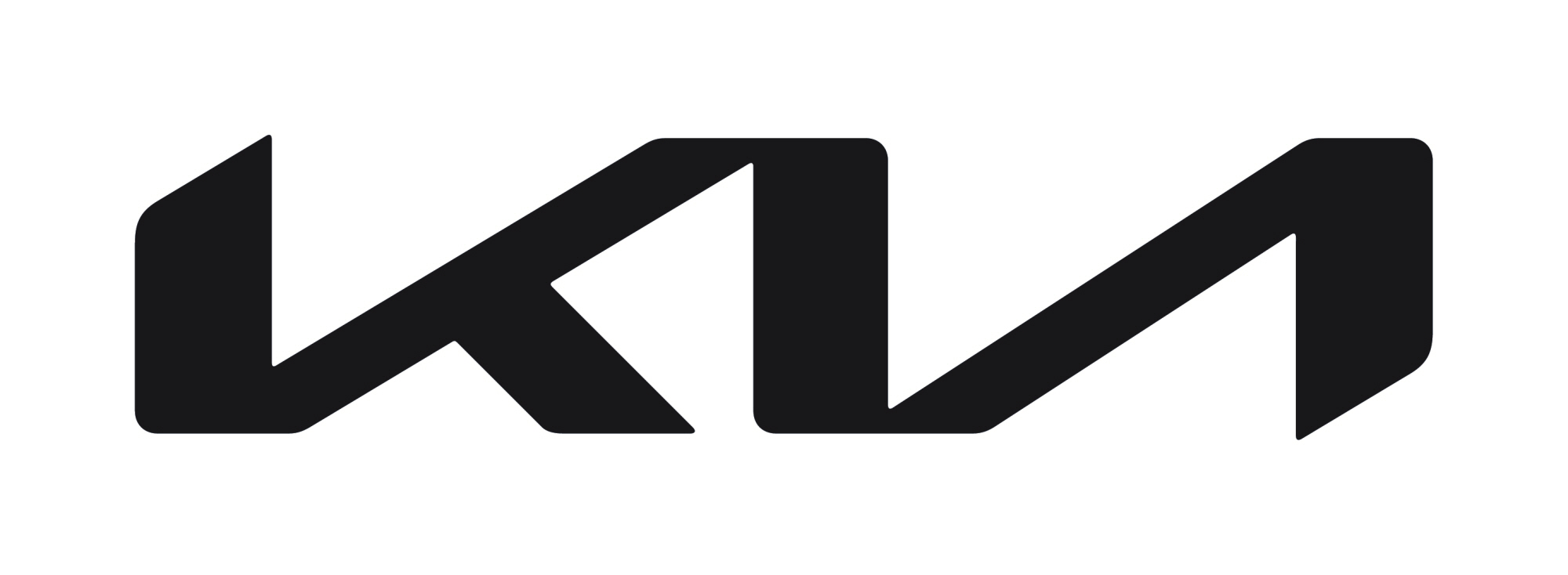
Kia announced its fourth-quarter 2022 performance results on the 27th.
In the fourth quarter of 2022, Kia sold 730,259 vehicles (an increase of 12.7% year-on-year), with the following key figures: ▲ Revenue of 23.1642 trillion won (up 34.8%) ▲ Operating profit of 2.6243 trillion won (up 123.3%) ▲ Ordinary profit of 2.6301 trillion won (up 61.3%) ▲ Net profit of 2.0365 trillion won (up 63.2%). (IFRS consolidated basis)
A Kia representative stated regarding the fourth-quarter performance, “Sales increased due to improved parts supply, which expanded available inventory. The enhanced competitiveness of products led to higher selling prices based on high-margin vehicle sales followed by lower incentives, resulting in improved profitability, all while favorable exchange rates contributed significantly to the revenue and profitability growth.”
Concerning the outlook for 2023, they remarked, “Although uncertainties remain high due to decreased demand from high-interest rates and prices, and ongoing international tensions, we aim for sales volume increases based on robust demand, a continuous improvement in the sales mix focused on high-margin SUVs, and the launch of the new large electric SUV, EV9, to strengthen a virtuous cycle based on improved product and brand power. We target revenue of about 97.6 trillion won, up approximately 13%, and operating profit of 9.3 trillion won, a 29% increase.”
In Q4 2022, Kia’s sales were 145,768 units in Korea (up 10.7% year-on-year) and 584,491 units overseas (up 13.2% year-on-year), achieving a total of 730,259 units globally (up 12.7% year-on-year). (Wholesale basis)
Korean sales recorded a double-digit growth rate, fueled by the new Niro’s sales effects combined with increased sales of popular SUV models like the Seltos, Sorento, and Carnival due to improved parts supply, contrasting with the semiconductor shortage’s impact from the previous year.
Although overseas sales felt the continuous impact of halting sales in Russia, production increases from the transition to a three-shift system at the Indian factory, continued new model effects from the Carens (India) and the new Sportage, along with supply improvements due to better semiconductor availability eased some of the pent-up demand, achieving double-digit growth rates across most regions.
Q4 revenue reached 23.1642 trillion won, a 34.8% increase over the previous year, driven largely by increased sales volume from improved parts supply, a rise in selling prices per unit, and sustained favorable exchange rate effects.
The cost of sales ratio, despite increasing raw material costs impacting sales costs, improved by 2.5 percentage points year-on-year to 77.7% due to significant revenue increases and the favorable exchange rate effect. The selling and administrative expense ratio fell by 2.1 percentage points to 10.9% despite most costs rising due to high revenue increases.
Q4 operating profit was 2.6243 trillion won, a 123.3% increase, attributable to expanded sales, improved sales mix focused on high-spec and high-priced vehicles, increased prices, and substantial reductions in incentives based on improved trust in product quality and branding. Consequently, the operating profit margin rose by 4.5 percentage points to 11.3%.
Furthermore, the average won-dollar exchange rate for Q4 was 1,359 won, a 14.9% increase year-on-year, which significantly contributed to revenue expansion and improved profitability.
Meanwhile, Kia’s cumulative annual performance for 2022 recorded sales of 2.9018 million units (up 4.5% year-on-year), revenue of 86.5590 trillion won (up 23.9%), operating profit of 7.2331 trillion won (up 42.8%), and net profit of 5.4090 trillion won (up 13.6%).
In Q4 2022, Kia’s eco-friendly vehicle sales, driven by the new Sportage Hybrid/Plug-in Hybrid, increased by 29.1% year-on-year, reaching 121,000 units, with eco-friendly vehicles making up 17.0% of total sales, an increase of 3.3 percentage points from the previous year. (Retail sales basis, rounded to the nearest hundred)
By type, the composition was as follows: ▲ Hybrid: 72,000 units (up 86.3% year-on-year) ▲ Plug-in hybrid: 18,000 units (up 0.5%) ▲ Electric vehicles: 31,000 units (down 16.4%).
Market shares for eco-friendly vehicle sales saw significant growth: ▲ Domestic: 29.6% (up from 27.5% year-on-year) ▲ Western Europe: 40.1% (up from 36.4% year-on-year) ▲ USA: 13.7% (up from 7.4% year-on-year).
The sales distribution of electric vehicles has also diversified, moving away from being concentrated in specific areas. In the fourth quarter of 2021, Western Europe accounted for 60.2% of total electric vehicle sales, but in the last quarter, it dropped to 45.8%, while the domestic share increased to 32.1%, alongside the USA at 13.0%, and emerging markets recording 9.0%, marking a balanced sales distribution across regions.
Kia continues to monitor the volatile raw material prices due to unstable international affairs and the impact of high-interest rates and prices on consumer purchasing sentiments, all while expecting to reinforce its structurally established virtuous cycle system based on last year’s performance.
This year, Kia aims to maximize supply through the early normalization of production, intensifying their efforts to resolve high pent-up demand globally, while also pushing forward the profitability expansion centered on eco-friendly vehicles and high-margin RV models.
Following the recent success of the EV6 in being named ‘North American Car of the Year (Utility Category)’, Kia plans to expand the production and sales of this popular model, while launching the flagship electric SUV EV9, developed with a full mobilization of Kia’s capabilities including OTA services and Level 3 autonomous driving technology, providing a differentiated electric vehicle experience, further strengthening their dominance in the electric vehicle market.
Kia also intends to focus on expanding sales of its latest, high-margin SUVs across key markets, such as the improved Telluride model, the new Sportage, and the improved Seltos.
Additionally, Kia plans to continuously enhance its product and trim mix while maintaining a pricing policy that aligns with improved brand and product competitiveness.
Through these efforts, Kia aims to achieve sales of 3.2 million units (up 10.3% year-on-year on a wholesale basis), revenue of 97.6 trillion won (up 12.7%), operating profit of 9.3 trillion won (up 28.6%), and an operating profit margin of 9.5% for 2023.
Meanwhile, to enhance shareholder value and benefit from strong growth, Kia plans to raise its year-end dividend by 16.7% to 3,500 won, which will be confirmed at the upcoming shareholders’ meeting.
Furthermore, considering the outlook for capital efficiency, shareholder value enhancement, and medium- to long-term profit achievement, Kia has decided to activate a long-term share buyback program worth up to 2.5 trillion won over five years, ensuring that 50% of the repurchased shares will be retired to further elevate shareholder value.

Contact: 이상진 daedusj@autodiary.kr

